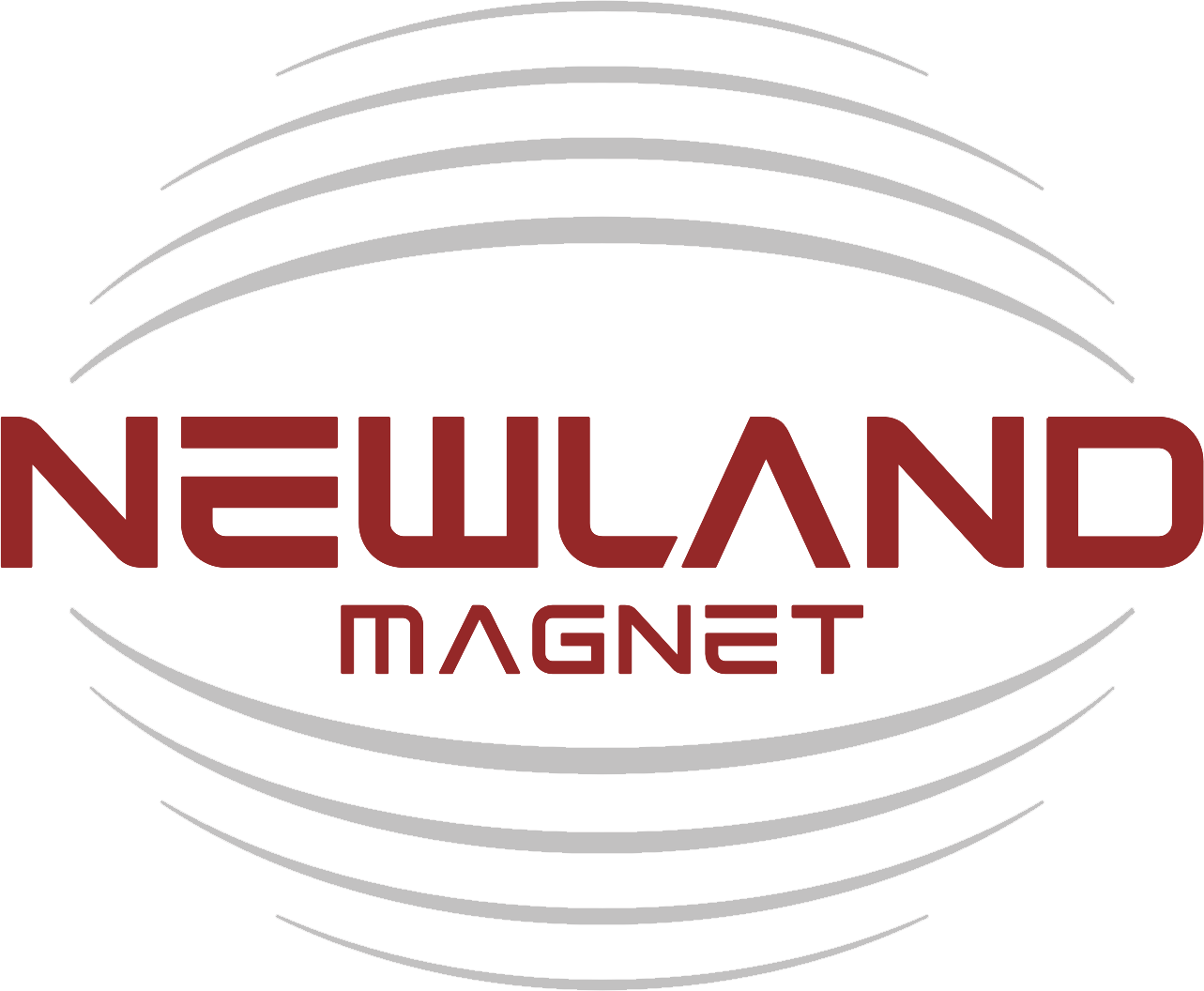When the electrical current flowing through the voice coil changes direction, the coil’s polar orientation reverses. This changes the magnetic forces between the voice coil and the permanent magnet, moving the coil and attached diaphragm back and forth.
So how does the fluctuation make the speaker coil move back and forth? The electromagnet is positioned in a constant magnetic field created by a permanent magnet. These two magnets – the electro magnet and the permanent magnet – interact with each other as any two magnets do. The positive end of the electromagnet is attracted to the negative pole of the permanent magnetic field, and the negative pole of the electromagnet is repelled by the permanent magnet’s negative pole. Whenl the electromagnet’s polar orientation switches, so does the direction of repulsion and attraction, In this way, the alternating current constantly reverses the magnetic forces between the voice coil and the permanent magnet. This pushes the coil back and forth rapidly, like a piston.
When the coil moves, it pushes and pulls on the speaker cone. This vibrates the air in front of thel speaker, creating sound waves. The electrical audio signal can also be interpreted as a wave. The frequency and amplitude of this wave, which represents the original sound wave, dictates the ratel and distance that the voice coil moves. This, in turn, determines the frequency and amplitude of thel sound waves produced by the diaphragm. Different driver sizes are better suited for certain freguency ranges.
Are you interested in a product, need a consultation or would like to have a quote? Please use the form below for any other inquiries.
We also support OEM/ODM, and we have strong R&D department to help your artwork or ideas implement.

A professional sintered Nd-Fe-B magnetic material high-tech enterprise integrating R&D, production and sales